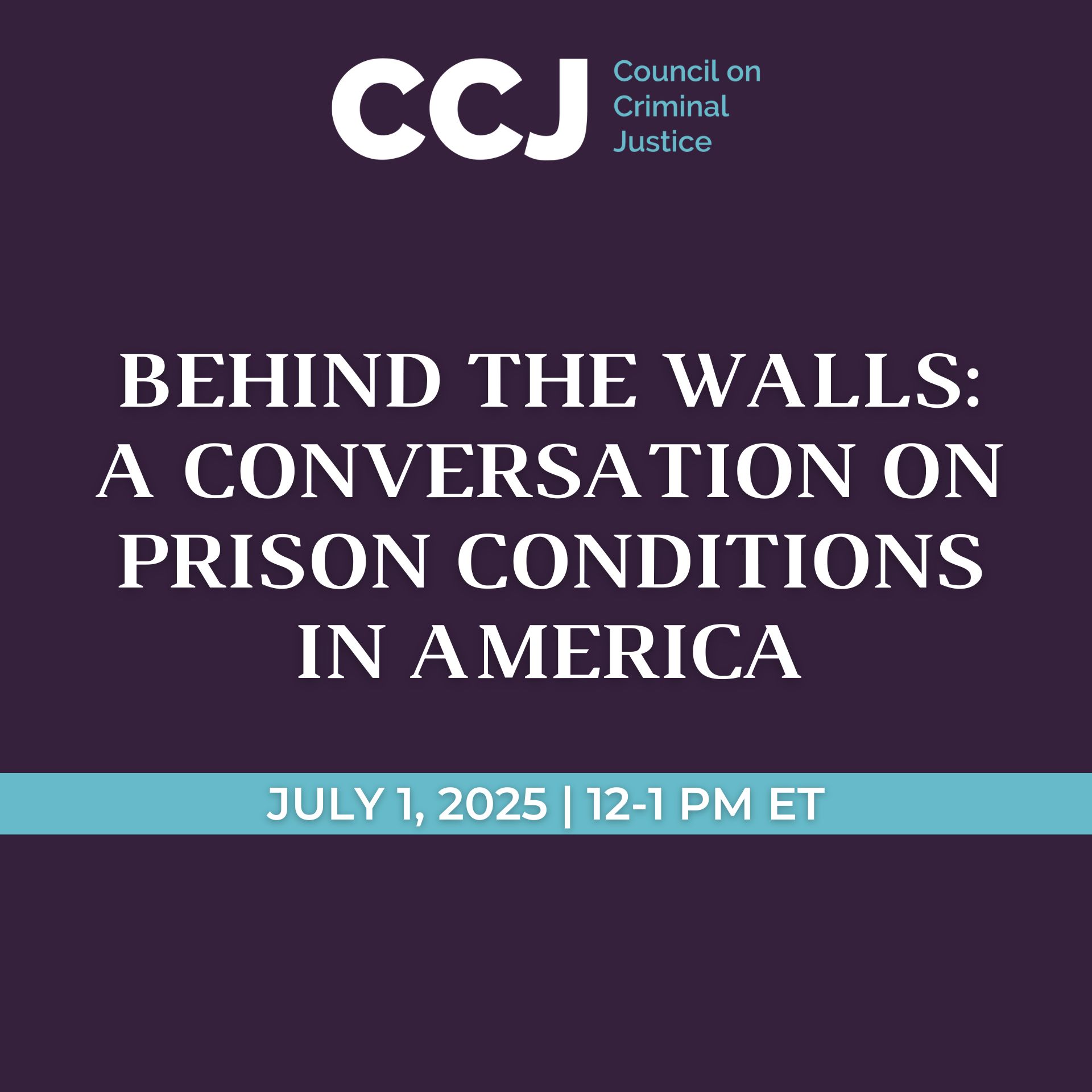This report updates our previous studies of crime changes during the COVID-19 pandemic, extending the data through the end of 2021. The results are generally consistent with those of our earlier work and our conclusions have not changed: as the pandemic subsides, long lasting reductions in violence and crime will require cities to adopt evidence-based crime-control strategies and long-needed reforms to policing.
Methodology
This study examines monthly crime rates for ten violent, property, and drug offenses in 27 U.S. cities in calendar year 2021. Not all cities reported monthly data for each crime, and offense classifications varied somewhat across the cities. The largest city in the sample is Los Angeles, with nearly 4 million residents. The smallest is Norfolk, Virginia, with 245,000 residents. Beyond this minimum population threshold, the study cities were selected because their police departments provided incident-level data in near real-time on their online portals.
The incident counts for this report were obtained within days of the end of the study period to provide a timely snapshot of crime across the nation. As a result, these figures may and often do differ from data subsequently published by the police departments and from still other counts released later by the FBI as part of its national crime reporting program. Data updates occur for multiple reasons. For instance, if the victim dies, an incident initially classified as an aggravated assault may be reclassified later as a homicide. For the most up-to-date information for a specific city, please visit its website.
Findings
- The number of 2021 homicides in the cities studied was 5% greater than in 2020 – representing 218 additional murders in those cities – and 44% greater than in 2019, representing 1,298 additional lives lost.
- Aggravated and gun assault rates were also higher in 2021 than in 2020. Aggravated assaults increased by 4%, while gun assaults went up by 8%. Robbery rates increased slightly after dropping in 2020.
- Burglary, larceny, and drug offense rates were lower in 2021 than in 2020, by 6%, 1%, and 12% respectively. Motor vehicle theft rates were 14% higher in 2021 than the year before.
- Domestic violence incidents increased by nearly 4% between 2020 and 2021. But this result is based on just 11 of the 27 cities studied and should be viewed with caution.
- In response to continuing increases in homicide and serious assaults, the authors conclude that police and policymakers should pursue violence-prevention strategies of proven effectiveness and enact needed policing reforms to achieving durable reductions in violent crime in our cities.



